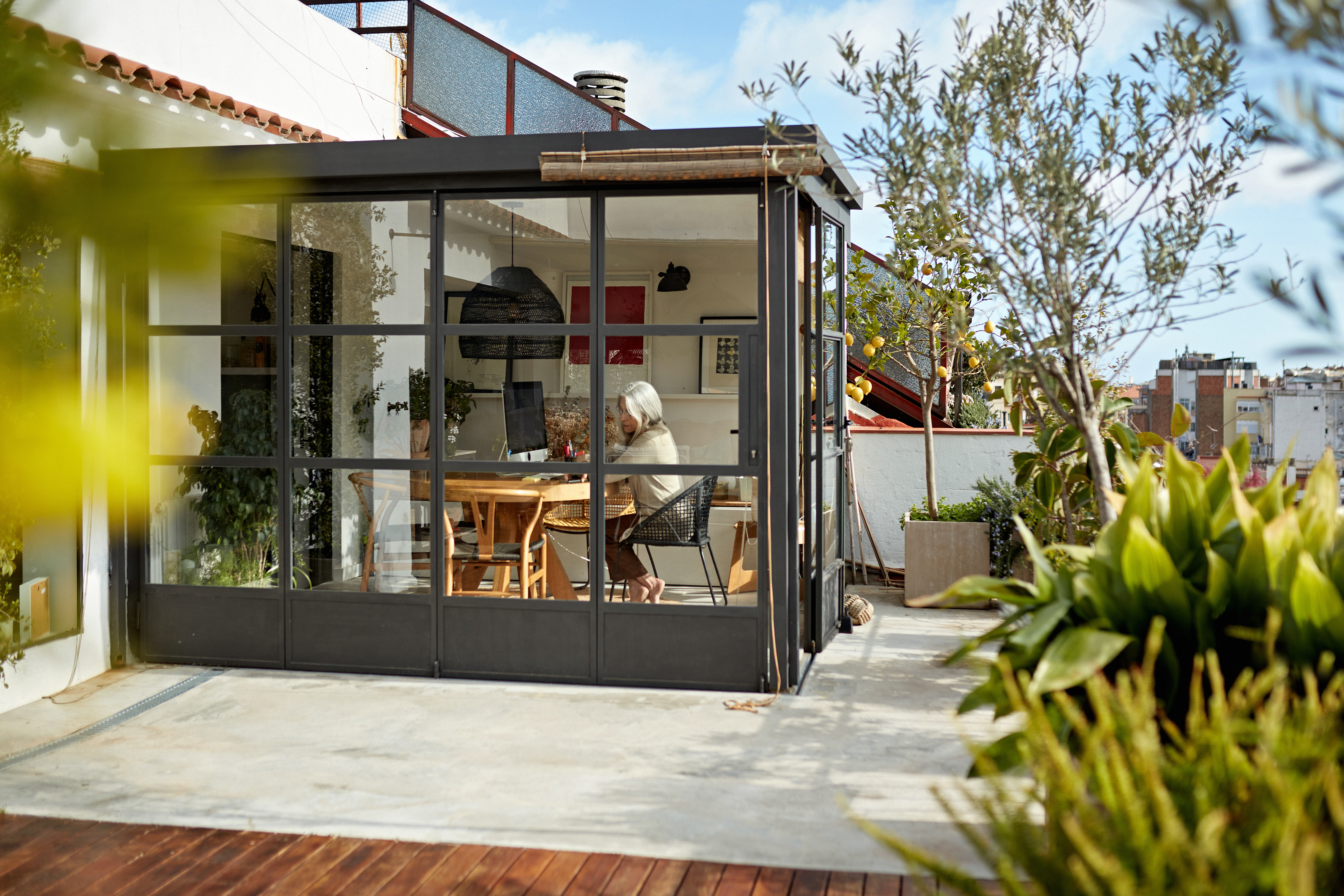How States Are Transitioning to Clean Energy - And What it Means

There is uncertainty surrounding the future of federal tax credits for homeowners who switch to renewable energy. Certain states, however, are continuing to push forward the use of green power. Wind and solar power are becoming more common on both a residential and commercial level. For states that champion this kind of energy, however, hydroelectricity remains the dominant non-fossil, non-nuclear option.
According to Mother Jones, 67 percent of all renewable energy produced in the United States comes from hydroelectric dams. Wind turbines produce 25 percent, while solar and geothermal each account for less than five percent. However, the use of both solar and geothermal power is growing at the residential level.
Which States Are Leading the Renewable Energy Movement?
Here are the top states in terms of renewable energy usage:
- North Dakota acquires 17 percent of its energy from renewable sources. Because of its relatively flat geography, it is a leading producer of wind power. More than 20 percent of the electricity used in the entire state comes from turbines.
- New Hampshire gets 20 percent of its power from non-fossil-fuel sources. Like North Dakota, it has wind farms. The New England state is also a leader in biomass energy. It derives much of its renewable energy from biofuels made from byproducts of the state’s timber industry.
- Vermont relies on hydroelectricity. Some of this energy is sourced from Canadian producers. The state is also a leader in offering incentives and setting prices to encourage small energy producers to continue their efforts to develop renewable power.
- Iowa operates hydroelectric dams, but it generates one-third of its renewable energy from the wind. This is a high percentage, even for a Midwest prairie state.
- Idaho produces one-third of its energy from renewable sources. Most of this power comes from hydroelectric dams, but the state is also a leader in developing geothermal power. The northern Mountain West states have a great deal of geothermal activity.
- Montana is similar to Idaho. The state has identified and explored the possibility of developing more than 50 geothermal areas.
- Like its sister directly to the north, South Dakota is a national leader in the development and use of wind power. The sparsely populated state has installed hundreds of turbines, enabling South Dakota to generate more than one-third of its total energy from renewables.
- Maine, like its New England neighbors, has been developing the use of biomass fuels to produce energy. Like in other states in the Northeast, this newer source of power is supplemented by hydroelectric dams.
- Washington uses hydropower as a major electricity source. Overall, the state sources nearly half of the energy its citizens consume from renewable energy. The Washington government also has a program to aid businesses that want to produce and distribute biofuels.
- Oregon receives 50 percent of its energy from hydroelectric dams, wind power, and other renewables. The Pacific Northwest state has an ambitious goal of obtaining 100 percent of its energy from green power sources by 2050.
Renewable Energy Continues to Grow
With these states leading the way, renewable energy use continues to grow in the United States. Even so, according to the U.S. Department of Energy, coal, petroleum, and natural gas still provide 80 percent of the power in the country. The states mentioned above all rely (at least to some extent) on hydroelectric power, but the use of renewable sources like wind and solar is growing quickly.
From 2015 to 2016, the amount of power produced by solar panels in the U.S. rose by 38 percent. Wind power use grew by 19 percent—and the amount of coal-produced energy consumed dropped by seven percent.
How States Are Continuing the Renewable Energy Movement
There are plenty of examples of state-level incentive programs that encourage sustainable energy. These programs could provide tax breaks and other perks for people who want to make renewable energy improvements in their homes and businesses. For example, California has started a program called the New Solar Homes Partnership. Operated by the state’s Energy Commission, this effort is meant to give home builders incentives to create homes that can run on solar power.
California also has a tax credit for solar panel installation. It can cover up to 30 percent of the initial installation cost.
In Florida, solar improvements are exempt from sales tax, and local and statewide energy providers offer rebates for energy efficiency.
Installing solar panels in Rhode Island, meanwhile, could bring significant property tax benefits. The smallest state also allows homeowners the chance to combine the perks from different programs so they can further reduce the cost of installing and operating their solar power system. These are just a few of the statewide programs that offer benefits beyond the federal tax credits most are already familiar with. If (or when) the federal perks disappear, homeowners may still be able to obtain some benefits at the state level.
What Else are States Doing?
Tax credits are not the only perk for people who want to go solar or undertake other energy efficiency improvements. Many states have laws and policies that make it much easier for people to benefit from these green energy upgrades. One important area where this is happening on a state level is net metering. Basically, net metering lets homeowners remain on the electrical grid after they install solar panels. They power their home with solar energy when it is available, then get supplemental electricity from the grid when needed. When the panels produce more power than the home requires, the excess energy is fed back to the utility grid. The homeowner’s account is credited (think of a meter spinning backward) based on the amount of energy they put back into the system.
Net metering makes home solar power much more convenient, as there is no need to worry about battery storage or freestanding backup power sources. The grid is the backup, and your excess energy can be used to help pay for this secondary power source. As of November 2016, net-metering policies were in place in 41 states (and Washington, D.C), and four other states had similar programs in place. This means that power companies have a framework under which they can offer this setup to customers who use solar energy (or another form of renewable energy) at home.
Special Financing Available in Many States
More good news: you do not need to live in one of the leading renewable energy states to get help with solar or wind improvements for your home or business. Special financing programs, called property assessed clean energy (or PACE) financing, are available in an increasing number of states and administered on the local level.
PACE makes energy efficiency, renewable energy and water conservation improvements more affordable for property owners. Instead of paying upfront for a qualifying upgrade, a property owner can leverage the equity in their home or business to finance up to 100 percent of a qualifying upgrade plus installation. This means that a solar array, geothermal system or wind turbine can be installed immediately and then repaid over a period of 20 or even 30 years, as part of their annual property tax bill. Any money saved on energy bills can then be used to help repay the amount financed. With the future of renewable tax credits uncertain, programs such as PACE financing— administered on the state and local level—will continue to be the best resource for individuals looking to make improvements to increase their home’s energy efficiency.
Find out if PACE is available in your area – contact Ygrene at (855) 901-3999; info@ygreneworks.com.




